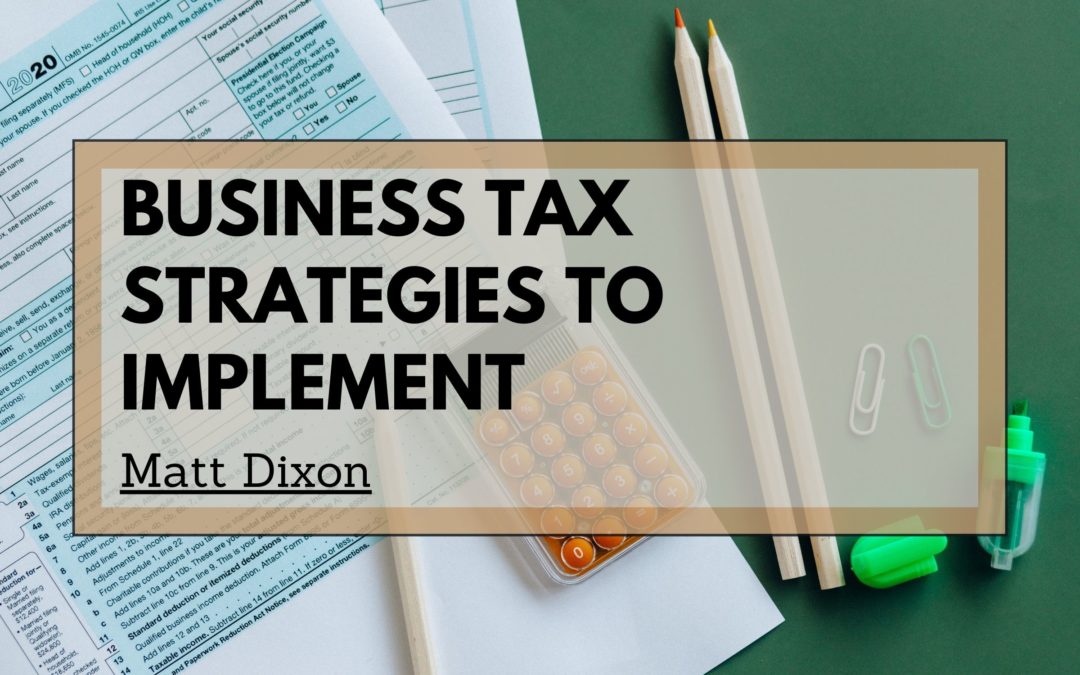With the right tax strategies, business owners can receive a larger refund from their federal taxes. Pay close attention to the following deductions and tax tips to save more during your next tax filing.
Deduct Business Property
The section 179 deduction allows you to deduct certain business property with a maximum value of $1,050,000. The property must be used primarily for business.
Common examples of business property claimed with the section 179 deduction include buildings and vehicles. However, business owners can also use the section 179 deduction for office equipment and other tangible property.
Deduct Any Charitable Contributions
Business owners can claim contributions to charitable organizations on the Schedule A section of Form 1040. However, you need to select itemized deductions to claim more than $300 in donations made by your business.
If you itemize your deductions instead of taking the standard deduction, you can deduct up to 60% of your adjusted gross income (AGI).
Look for Miscellaneous Tax Deductions
Along with business property and charitable contributions, look for any other miscellaneous tax deductions that you can include. Examples of miscellaneous tax deductions include:
- Losses from theft or casualties
- Appraisal fees
- ATM and credit card fees
- Clerical assistance
While many of these individual deductions are small, they can add up.
Claim Child Care Expenses
Business owners may receive a credit for paying their employees’ childcare expenses. You can claim up to 25% of the total expenses paid during the year, with a maximum of $150,000.
The tax credit only applies to employer-provided childcare. This may include businesses that provide onsite childcare for their employees or reimburse employees for childcare.
Take the Work Opportunity Tax Credit (WOTC)
The Work Opportunity Tax Credit (WOTC) was created to give businesses a credit when they hire someone that belongs to one or more specific groups of the population. The employee must also be in their first year of employment and complete a minimum of 400 work hours to qualify for the full credit.
These are just a few tax strategies. For more advice, consider working with a tax professional.
